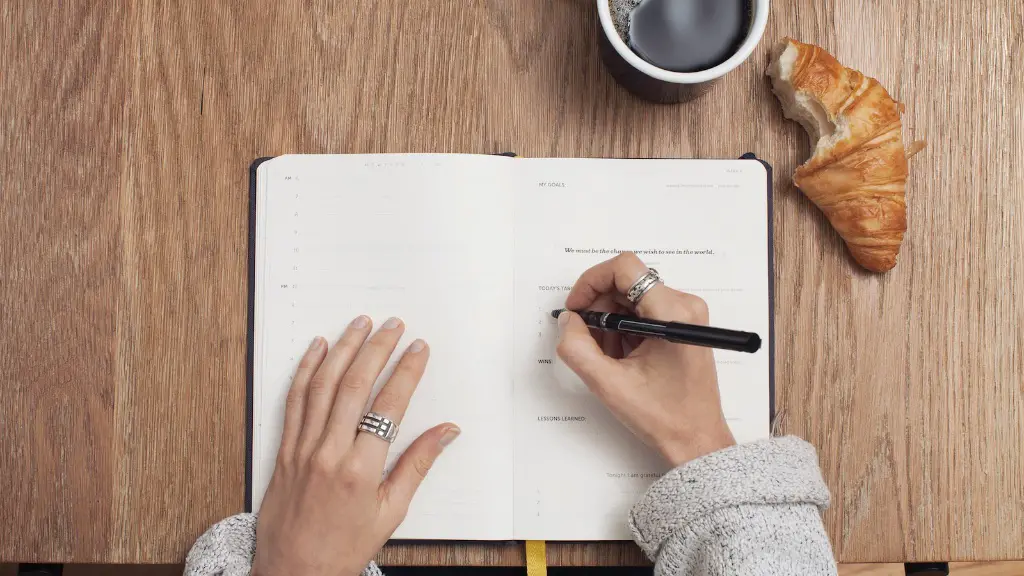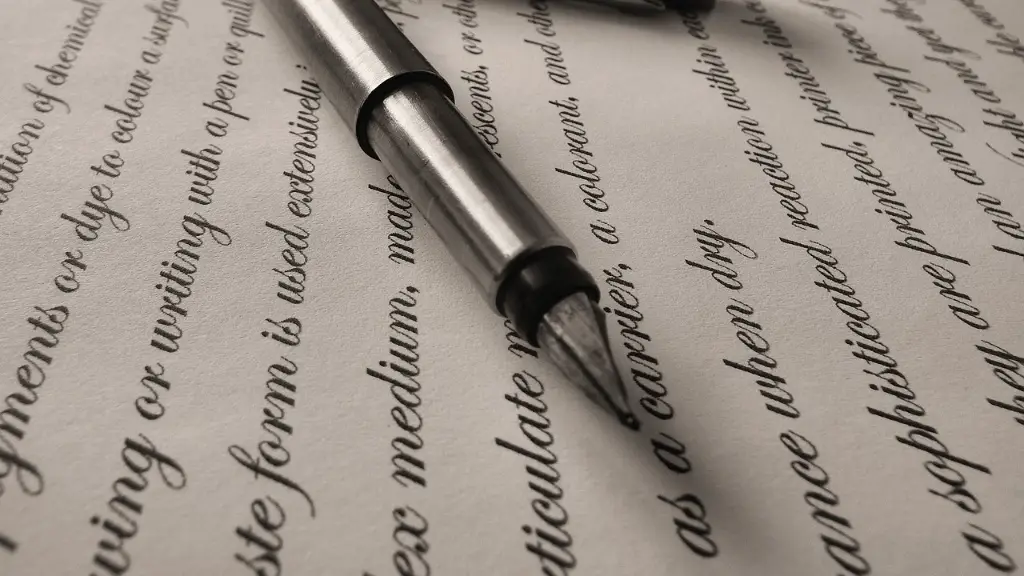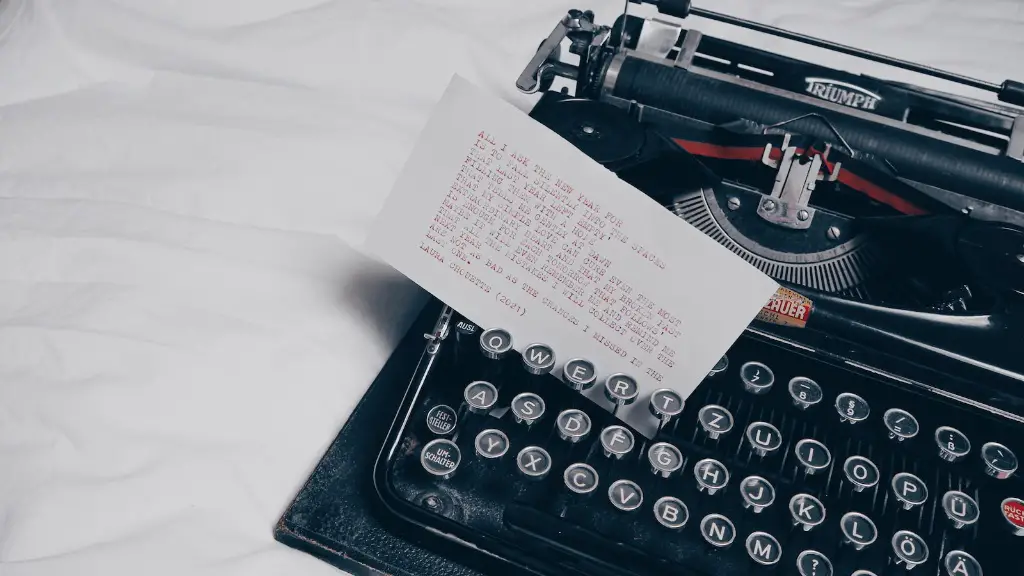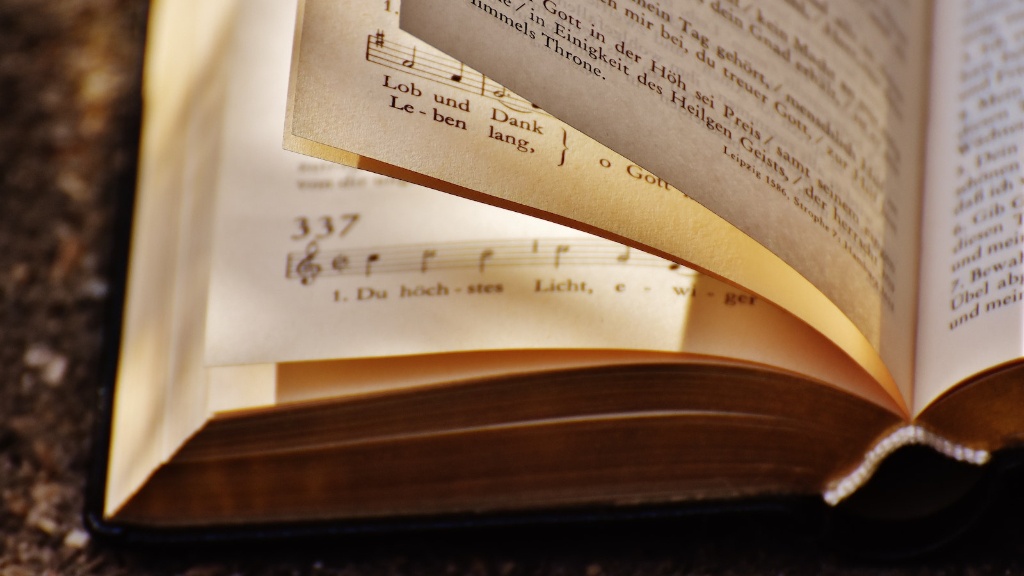What is the Most Common Foot in English Poetry?
The majority of English-language poems are written in iambs, an unstressed syllable followed by a stressed one. This poetic meter, sometimes referred to as “iambic pentameter,” is what Shakespeare famously used in much of his work. Many lyric poems in English also use this traditional poetic meter. But an iamb is not always the most common foot in English poetry.
The form of an English poem is largely dependent on how it is written — as well as what kind of poem it is. For instance, some lyric poems have different feet that emphasize musicality, such as anapaests, trochees, and spondees. But for more narrative, didactic, or reflective poems, iambs tend to be the most common.
A thorough understanding of poetry — and in particular, of the different feet — is essential to writing good poetry. It helps poets to construct their poems in an interesting, rhythmic way. The use of different feet, such as an iamb, can also give a poem a unique sound — something that is especially important for lyric poetry.
Iambic pentameter is by far the most popular poetic meter in English poetry. This means that each line of a poem has five feet, with the majority of the syllables being unstressed. This creates a very specific rhythm, particularly when written correctly. It is often used in Shakespearean sonnets, romantic and lyrical verse, and other traditionally structured English poems.
The fact that iambic pentameter is the most common foot in English poetry does not mean that other types of feet should be overlooked. In fact, the use of uncommon or unique poetic feet can add creativity and musicality to a poem. For instance, trochaic and spondaic lines are both used to great effect in certain types of English poetry.
Experienced poets often use a variety of poetic feet when constructing their poems. They may also experiment with different forms of syllable stresses and pauses. While there is no single “right” way to write poetry, having an understanding of the different poetic feet can help a poet to create a unique and captivating poem.
Etymology and Origins of English Poetry
English poetry has its roots in ancient Greek and Roman literature, as well as in various European dialects. The development of English poetry over the centuries has been marked by a number of significant moments. One of the most important was the arrival of the printing press, which made it easier for poets to get their works published.
The language of poetry has also evolved over time. This evolution has been influenced by technological developments, such as the invention of the printing press and the rise of digital communication. As a result, poets now use words and phrases in ways that were not possible before.
In addition to the technical aspects of poetry, the form of the poem itself has changed over time. For example, the use of iambs was popularized in the 16th and 17th centuries by poets such as Christopher Marlowe and William Shakespeare. Other forms of poem, such as free verse and blank verse, also became popular in the 19th and 20th centuries.
The elements of poetry, such as the use of different feet, also played a role in the development of English poetry. For instance, iambic pentameter was used by some Elizabethan poets, such as John Donne, to create a more lyrical and musical style of poem.
The development of English poetry has been profoundly influenced by a variety of factors, such as the invention of new technology, societal changes, and the evolution of the English language. As a result, English poetry today is vastly different from that which was written centuries ago — though the underlying principles remain the same.
Understanding and Appreciating Poetic Structures
While the most common foot in English poetry is the iamb, it is important to understand and appreciate the other forms of poetic feet. An anapaest, for example, is a two-syllable foot that is composed of two unstressed syllables and one stressed syllable. A trochee is composed of one stressed syllable followed by an unstressed syllable. A spondee is composed of two stressed syllables.
In addition to learning and understanding different poetic feet, it is important to learn how different forms of metre can be used in poetry. Poems are typically written in either blank verse (unrhymed iambic pentameter), rhymed meter, or free verse. Examples of rhymed meter include heroic couplets and quatrains, while examples of free verse include the works of Walt Whitman, William Carlos Williams, and T.S. Eliot.
A knowledge of poetry is essential for anyone looking to write poetry. By learning and understanding the different forms and structures of poetry, poets can find their own unique voice and create works that have an impact and resonance.
The Role of Emotion in Poetry
Poetry has been used throughout history to express a variety of emotions, such as love, joy, sorrow, and rage. Poets are able to use their words to evoke powerful feelings in their readers. Many of the greatest poets, such as John Donne and William Butler Yeats, achieved greatness by expressing powerful emotions through their work.
The use of emotion is an essential part of writing poetry. Poets can use emotional language and imagery to create powerful, moving works. For example, using words such as “longing” or “despair” can help a poet to create a powerful emotional effect in their reader. In addition, emotional words and phrases can be used to add resonance to a poem.
When writing a poem, it is important to consider how emotional language can be used to evoke feelings in the reader. Poetry is a powerful tool that can be used to elicit great emotions. As a result, understanding how to craft emotional language can be a great asset to a poet.
The Use of Poetic Devices to Create Tension and Conflict
Poetic devices are powerful tools for creating tension and conflict in a poem. These devices, such as personification and metaphor, allow poets to create vivid images and convey complex emotions. The use of these devices can help to add depth and complexity to a poem, making it more engaging and thought-provoking.
Metaphor is one of the most commonly used poetic devices. It is a figure of speech that compares two unlike things and reveals a profound truth. For example, a poet may use a metaphor to compare love to the sea — conveying the idea that love can be powerful and unpredictable, much like the sea.
Poets can also use personification to bring inanimate objects to life. This is done by attributing human qualities or emotions to something that is not human. Personification can be a powerful tool for creating tension and conflict in a poem, as it allows poets to imagine and explore complex emotions.
The use of poetic devices is an essential part of writing poetry. These devices can help poets to create vivid images and powerful emotions — something that is essential for great poetry.
Conclusion: The Importance of Understanding English Poetry
English poetry is a rich and diverse form of literature with a long history. By understanding the various poetic elements, such as the different feet, as well as the use of poetic devices to create tension and conflict, poets can create powerful and engaging works of poetry. While the most common foot in English poetry is the iamb, it is important to understand and appreciate the other forms of poetic feet. By doing so, poets can create unique and captivating poetry.





